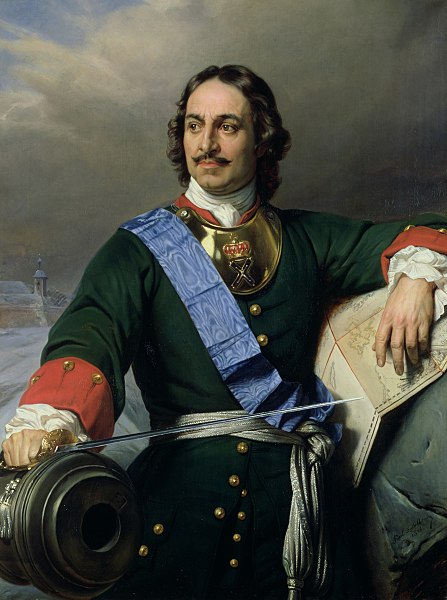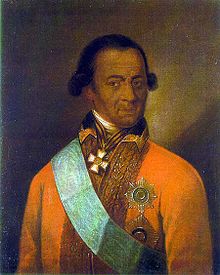For several years, the African roots of Abram Petrovich Gannibal had been in contention especially after the release of The Black Moor of Peter the Great by his great-grandson Alexander Pushkin. The unfinished historical novel by one of Russia’s greatest writers was believed to have elevated Abram’s African roots.

While several claims say that he was taken from Ethiopia, others claim that he was taken from Cameroon. However, concise research conducted by Beninese historian Dieudonné Gnammankou explains that Abram Petrovich Gannibal was taken from what is now the Sultanate of Logone-Birni on the Logone River, in Cameroon, south of Lake Chad.

Abram was born in 1696 into the royal family as the son of a prominent warrior who was given land to be king due to his influence in the army. His father was considered a minor King who died in a battle with the Turks and saw several of his 19 children including Abram abducted by the Turks. After being sold into slavery, Abram was presented as a gift to serve as a servant of Peter the Great, ruler of the Russian Army at the age of 8.
During his time as a servant to the King, Abram won the hearts of many in the palace including the king himself who took him under his care allowing him to receive an education by learning to read and write. Abram was baptised and given the name Petrovich and worked as the King’s valet going with him on several personal and state missions.
In 1716, when Abram was about 20 years old, the King took him to Paris to study Mathematics and Engineering in a military school as demanded of royals which he successfully completed two years later.

At the age of 22, Abram was recruited into the French Army to fight in the war against Spain and returned to his home in the palace in 1723.
Although taken in by King Peter the Great, Abram was not fully accepted by all in the royal house and in Russia. His status in Russian royalty for many was a tarnishing image as blacks were only seen as being good enough as servants and slaves. Nevertheless, Abram perceived and earned his title as a lieutenant in the Russian Army.

In 1725, the death of Peter the Great made Abram’s life a little more unpleasant. Under the command of Military Commander Prince Menshikov, Abram was indirectly exiled from Russia after he was assigned to work in Siberia and China where he was expected to die.
Fortunately, Abram survived through the times and was officially allowed back into Russia after Empress Elisabeth took over the throne in 1741. Fully aware of his exceptional skills in mathematics, engineering and coupled with his rise in the army as Captain, Empress Elisabeth made him the commander in the army and was promoted to the rank of full general by 1760.

Abram Petrovich Gannibal is celebrated as one of Russia’s most exceptional engineers having overseen the construction of several Russian fortresses and the Ladoga Canal. He married twice, first marrying Evdokia
On April 20, 1781 , Abram died at the age of 85 in Russia.










